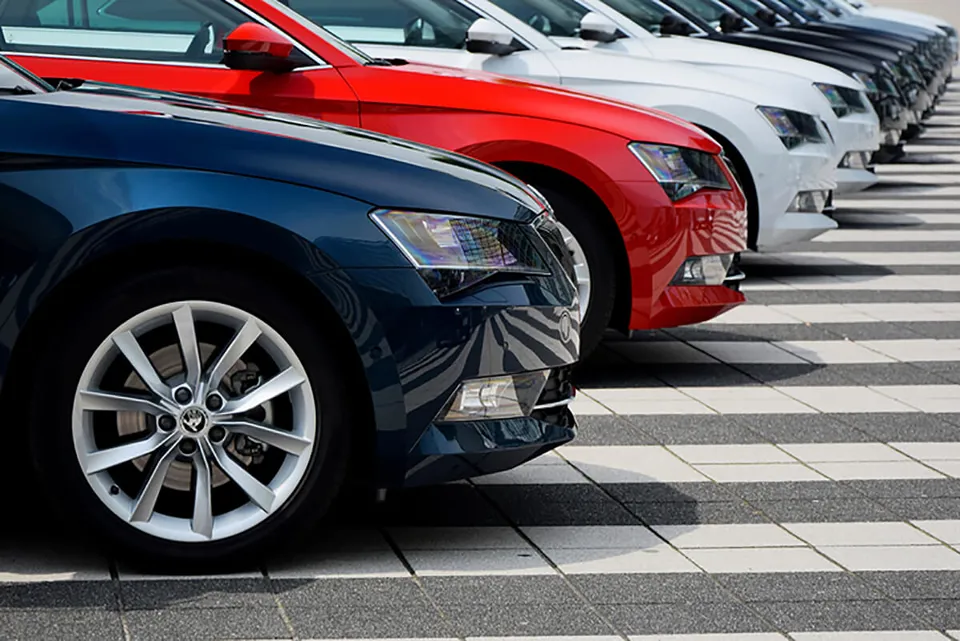Long-term changes to the way people work could result in more employees becoming grey fleet drivers.
As the lockdown is slowly lifted, employers are wrestling with what the ‘new normal’ might entail, including where staff will work in the future.
Millions of employees have been working from home during the pandemic and many expect that, with technologies like Miscrosoft Office Teams and Zoom allowing people to connect virtually, it’s a trend that will continue.
A Fleet News survey showed an overwhelming majority of fleet decision-makers – close to three-quarters (73.4%) – were working from home; one in 10 were dividing their working day between the office and home, and just 15.4% were still in the office full-time.
The latest picture will be revealed in the June digital edition of Fleet News, which will be published next week.
Meanwhile, a separate Fleet News poll suggested that for many, some two-thirds (68.1%) of respondents, working from home will become their 'new normal’.
Paul Hollick, co-chair of the Association of Fleet Professionals (AFP), warns this could have significant consequences for fleets, with more employees joining the ranks of those that drive their car for work, the so-called grey fleet.
Employers have a legal obligation to ensure that grey fleet vehicles are reasonably safe to use, are fit for purpose and are lawfully on the road.
Companies also typically pay Approved Mileage Allowance Payments (AMAPs) to reimburse fuel used in the course of a work trip at 45p per mile.
“Grey fleet could become a bit of a battleground, because of Covid-19,” warned Hollick. “Employees won’t be office-based (in the future), they’ll be home-based, which means their contract of employment might be changed.
“If the employee is classed as home-based rather than office-based a journey from home to the office will then become a business trip.”
Furthermore, Hollick says that, with people wary of public transport, employees are turning to used vehicles in the sub-£3,000 bracket to stay mobile, which could end up being driven for work purposes.
New figures from the Department for Transport (DfT) show how hard public transport has been hit. Journeys by national rail are 8% of typical levels and London tube use stands at just 14%.
During the first full day of lockdown (Tuesday, March 24), car use fell to less than half (44%) of the expected level. Light commercial vehicle (LCV) use stood at 55%, HGV use at 84%.
Three months later and the day after retail outlets were allowed to open for the first time on Monday, June 15, car use had risen, but was still only at 70%. Van use and HGV use had grown to 84% and 92%, respectively.
In line with Government advice to avoid public transport, cycling use has doubled during some weekdays and trebled at the weekend.
City transport systems are being re-imagined for life after lockdown. Find out how in the latest digital edition of Fleet News by clicking here and what impact it could have fleet operators by clicking here.





















Login to comment
Comments
No comments have been made yet.